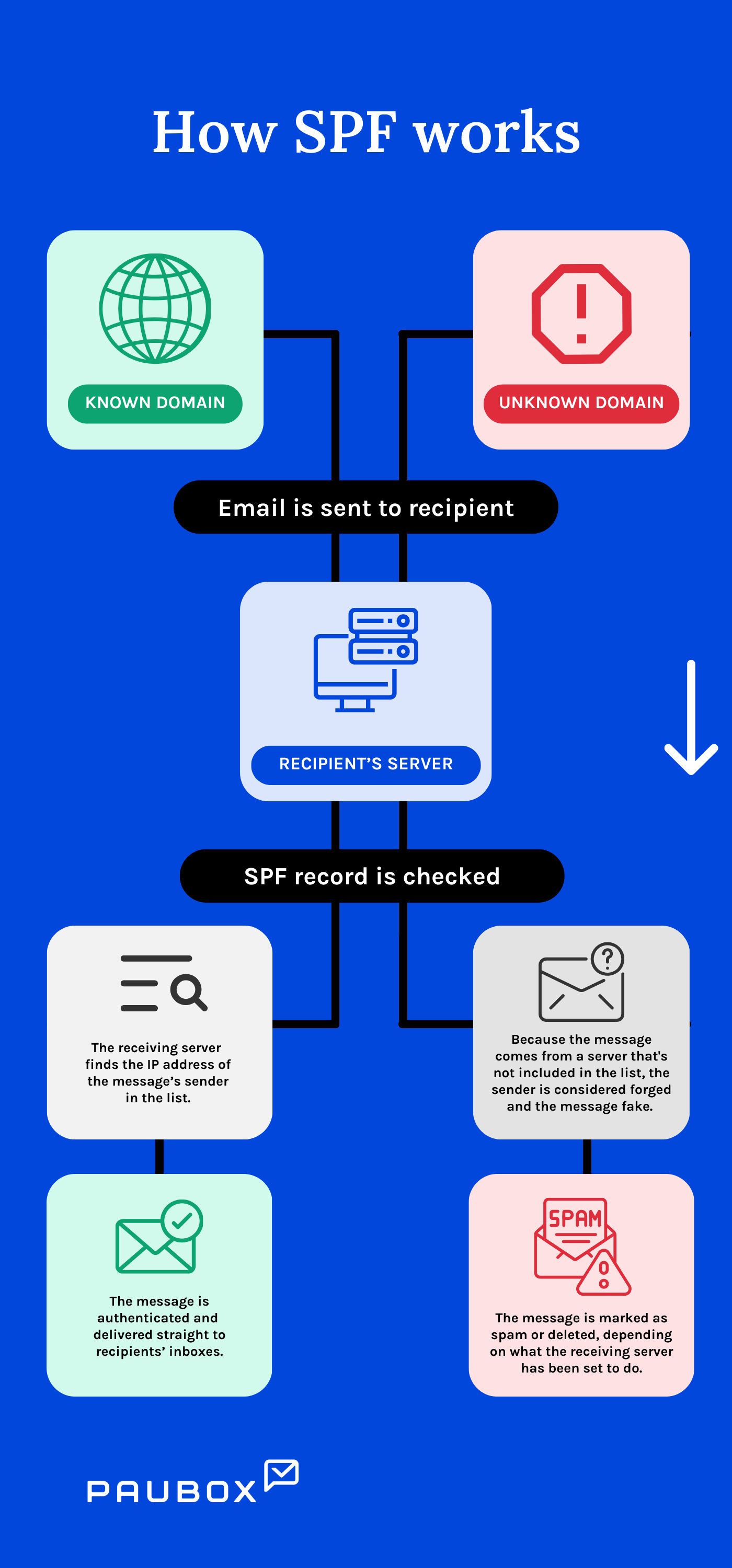How to Set SPF for Email
Sending emails from your domain is essential for maintaining a professional image and ensuring deliverability. However, without the proper authentication mechanisms in place, your emails may be marked as spam or even bounced back altogether. One of the key methods to authenticate your emails is by setting up an SPF (Sender Policy Framework) record for your domain.
SPF allows you to specify which servers are authorized to send emails on behalf of your domain. This helps prevent spammers from using your domain for malicious purposes and ensures that your legitimate emails are recognized as genuine by recipient servers.
Step-by-Step Guide to Setting Up SPF
Setting up SPF for your domain involves adding a TXT record to your Domain Name System (DNS) settings. Follow these steps to create your SPF record:
- Log in to your domain registrar or DNS hosting provider’s website.
- Navigate to the DNS settings section for your domain.
- Locate the option to add a new DNS record and select TXT as the record type.
- Enter your SPF record in the text field. An SPF record typically looks like this:
v=spf1 ip4:192.0.2.0/24 include:_spf.example.com ~all - Save the changes to publish your new SPF record.
After adding the SPF record, it may take some time for the changes to propagate across the internet. You can use online tools like MXToolBox to check if your SPF record is correctly set up.
It’s important to regularly review and update your SPF record to ensure that it reflects all legitimate sources of email sending for your domain. Failure to do so may result in deliverability issues for your emails.
Additional Tips for SPF Configuration
Here are some additional tips to optimize your SPF configuration:
- Include all authorized mail servers in your SPF record to prevent legitimate emails from being marked as spam.
- Avoid using hard fails (~all) in your SPF record as it may lead to legitimate emails being rejected by recipient servers.
- Regularly monitor your SPF record for any unauthorized changes or inconsistencies.
By following these guidelines and best practices, you can effectively set up SPF for your domain and improve the deliverability of your emails. Remember, authentication is key to building trust with both recipients and email service providers.
